ABM Clinic je ponosan zvaničan prodavac original Ray Ban naočara u Beogradu!
Trudimo se da imamo zaista sve modele Ray Ban naočara u ponudi, u svim bojama i veličinama! Kliknite ispod i izaberite svoj model u našoj internet prodavnici! Dodatne informacije o Ray Ban naočarima na telefone na vrhu stranice!

Veliki izbor, pristupačne cene, obezbeđen servis i rezervni delovi su, uz neosporan kvalitet samih naočara za sunce, faktori koji čine Ray Ban pravim izborom.
Ray Ban je nastao 1937. godine u Bausch&Lomb-u po nalogu avijatičara koji su tražili zaštitu vida od štetnih zrakova sunca. Samo ime RAY BAN bukvalno opisuje tu svrhu – blokiranje ili zabrana(BAN) zraka(RAY).
1937. Ray-Ban-ov zaštitni znak je registrovan i pušten na tržište, kao i novi model koji je bio ukrašen metalnim ramom. Ovaj model se odmah proslavio noseći ime Ray-Ban Aviator. Danas je taj model univerzalno poznat pod oznakom Ray Ban RB 3025.
1938. Na početku, Ray-Ban-ov marketinški tim je nastojao da u prvi plan stavi funkcionalni aspekt novih naočara sa ciljem da zainteresuje sportske entuzijaste i ljubitelje aktivnog života. Prvi SHOOTERS je lansiran. Bila su dostupna dva tipa sočiva: Ray-Ban zelena i kalihromatska, svetlo žuta sočiva za maglovite uslove. Pojavljuje se SKEET GLASS dizajniran za specifične grupe korisnika kao što su lovci i ribolovci.
1940. Pojavljuje se novo gradirano staklo sa efektom ogledala.
1951. Na specijalni zahtev američke mornarice Ray-Ban je razvio sivo sočivo N-15.
1952. Godina kada se pojavio WAYFARER. Kao i ostali njihovi modeli Wayfarer je imao jednostavan dizajn i bio udoban. Predodređen da postane klasik, odmah je privukao pažnju filmske industrije.
1953. Pojavljuje se G-15 sivo-zeleno sočivo koje propusta 15% vidljive svetlosti i pogodno je za siroku upotrebu.
1957. Pojavljuje se CARAVAN, četvrtastog oblika kao alternativa aviatoru.
1958. Ray-Ban je postao svetski lider koncentrisan na kvalitet proizvoda, njegovu trajnost i plasiranje tog koncepta do krajnjeg kupca. U ovom periodu je takođe imao veću paletu proizvoda od svojih konkurenata. Do 1969. katalog je imao 50 modela, predstavljajući naočare za muškarce, žene i decu. I danas većina ljudi nije upoznata sa činjenicom da postoji Ray Ban Junior ili Kids kolekcija! ABM Clinic Vam nudi najnovije modele za decu – pogledajte Ray Ban kolekciju za decu
1961. godine: dosad zauzimajući vodeće mesto na tržištu, Ray-Ban počinje dugoročnu saradnju s Hollywood-om dobivši prvi važni plasman u “Doručku kod Tiffany-ja” sa Audrey Hepburn koja je nosila traveller ili putnički stil.
1962. Ray-Ban je počeo proizvodnju sočiva otpornih na udarac. I ovde je ovaj brend bio ispred svog vremena.
1965. Lansiranje OLYMPIAN I modela, a 1967. OLIMPIAN II i BALORAMA model. Sedamdesetih godina javila se tendencija rasta potražnje za sofisticiranim naočarima. Sektor proizvodnje se usmerio na dva pravca: modne naočare i sportske naočare. Sportska linija se sastojala od Ski&Sport kolekcije, sa dva modela koja su imala G-31 sočiva sa efektom ogledala i standardna G-15 sočiva. Sledeće su bile naočare za planinarenje, za one kojima je potrebna dobra zaštita od sunca i vetra. Imale su stakla sa efektom ogledala kako bi zaštitile oko od bleštavila snežnog pokrivača, kao i povijene najlonske krajeve drški kako bi mogle da se podese prema obliku uveta
1974. Ray Ban kreira sivo foto-osetljivo fotohromatsko sočivo, koje tamni u zavisnosti od intenziteta sunčeve svetlosti.
1979. Pojavljuje se sedam novih ženskih modela: Ray-Ban Naturals
1980. Ray-Ban privlači veliku pažnju kod štampe i filmske industrije. Pojavljuje se u filmovima: „Braća Bluz“, a kasnije i u „Top Gun“. Ovo je i godina kada se po prvi put u istoriji naočara pojavljuje takozvana „maska“ – WINGS COLLECTION.
1999. Luxotica grupa kupuje Ray-Ban
2003. Luxotica Group izbacuje dve nove kolekcije: dioptrijsku i Ray-Ban Junior.
RB Junior – kolekcija specijalno namenjena deci uzrasta od 8 do 12 godina. Dizajnirane da zadovolje potrebe dece, obezbeđujući funkcionalnost, udobnost, kao i maksimalnu zaštitu.
2004. Ray-Ban ulazi u Formulu 1 kao tim partner za Lucky Strike BAR Honda.
2007. Za novu proleće/leto kolekciju Ray-Ban je dizajnirao i izradio originalnu Wayfarer verziju. Sofisticiranost, estetski detalji i visok kvalitet materijala napravili su novi Wayfarer autentičnom reprodukcijom originala do najsitnijih detalja – u počast modelu koji je bio ikona pobunjeničkog rok duha od svog pojavljivanja 50-ih godina.
Od 2012. godine vidimo kreaciju folding modela, tojest naočara na sklapanje, pa i pojavu novih materijala kao što je termo plastika u Ray Ban Lightforce seriji, ili ugljenih vlakana u Ray Ban Tech seriji, titanijuma u MemoRay seriji.

Zanimljivosti:
Polarizovana sočiva imaju specijalnu oznaku u gornjem desnom uglu desnog stakla – Ray Ban P
Oznaka za široko poznata Ray Ban sivo-zelena stakla je G15 (za braon je B15).
ABM Clinic Vas upućuje na dodatne informacije na engleskom jeziku:
The history of the Ray-Ban Aviator dates back to the 1920s, when new airplanes allowed people to fly higher and farther. Many US Army Air Service pilots were reporting that the glare from the sun was giving them headaches and altitude sickness. In 1929, US Army Air Corps Lieutenant General John MacCready asked Bausch & Lomb, a Rochester, New York-based medical equipment manufacturer, to create aviation sunglasses that would reduce the headaches and nausea experienced by pilots, which are caused by the intense blue and white hues of the sky, a new kind of glasses were introduced. The prototype, created in 1936 and known as ‘Anti-Glare’, had plastic frames and green lenses that could cut out the glare without obscuring vision. The sunglasses were remodeled with a metal frame the following year and rebranded as the ‘Ray-Ban Aviator’. On May 7, 1937, Bausch & Lomb took out the patent, and the Aviator was born.
In 1939, Ray-Ban launched a new version of the aviator called the Outdoorsman. It was designed for specific groups such as hunting, shooting and fishing enthusiasts, and featured a top bar called a „sweat bar“ that was designed to catch sweat from falling into the eyes. They also featured temple end pieces to distinguish it from the standard aviator. A few years later, in the 1940s, Gradient lenses were introduced. These were mirrored lenses which featured a special coating on the upper part of the lens for enhanced protection, but an uncoated lower lens for a clear view of the plane’s instrument panel.
In 1952, Ray-Ban created another classic style, the Ray-Ban Wayfarer, this time with plastic frames. They soon became popular in Hollywood, and can be seen on James Dean in 1955’s Rebel Without a Cause. The now-standard G-15 green and gray lenses were introduced a year after the Wayfarer, in 1953.
In 1965, the Olympian I and II were introduced; they became popular when Peter Fonda wore them in the 1969 film Easy Rider. In 1968, Ray-Ban released the Balorama, which was best known as Harry Callahan‘s sunglasses in the 1973 filmMagnum Force.
The brand remained popular during the 60s and 70s, and gained popularity during the 1980s with cameos in iconic movies such as The Blues Brothers (1980), Risky Business (1983) and Top Gun (1986).
In the 90s, Ray Ban came out with a series of innovation and sleek looking design shown in the series of the following models: Predators, Inertia, Prophecy, Gatsby, Sidestreet and Cutters, just to mention a few of them.
During the late 90s, as rivals like Oakley gained popularity among younger customers, Ray-Ban started to struggle and, in 1999, owners Bausch & Lomb sold the brand to Italian eyewear company Luxottica for $640 million.
B-15 XLT LENSES
Ray-Ban’s B-15 XLT lenses were originally created for the United States Air Force pilots. These lenses are brownish in color, block 100% of all UV rays and allow only 15% of the visible light to pass through them. The B-15 XLT lenses also offer more contrast by cutting down the amount of blue light, as opposed to the G-15 lenses.
G-15 XLT LENSES
G-15 XLT lenses have the same properties as B15 XLT lenses; however, they are composed of green and gray pigments. This lens has a lower contrast than the B-15 XLT lens allowing for the color and brightness of objects to be softer and more natural.
POLARIZED LENSES
Ray-Ban polarized sunglasses have the transmission axis oriented vertically to block reflecting light. Because of these lenses’ ability to block the reflecting light, many fishermen and water lovers favor this type of lens. Now that many others who spend time outdoors have discovered the benefits of polarized lenses, interest in these types of sunglasses has soared. These lenses are well known by outdoor enthusiasts such as bikers, joggers, golfers and gardeners looking to eliminate glare. Drivers benefit from these lenses as they reduce the glare from the road as well as the light reflecting from the hood of the car. Polarized lenses are also appropriate for indoor use and can be worn by those who are light-sensitive; including post-cataract surgery patients and those continually exposed to bright light through windows. They may reduce the visibility of images produced by liquid crystal displays (LCDs) found on the dashboards of some cars or in other places such as the digital screens on automatic teller (bank) machines.[11]
PHOTOCHROMIC LENSES
Photochromic lenses (or „transitional lenses“) are clear while indoor and automatically darken when exposed to sunlight. These lenses allow for full ultraviolet radiation protection. Photochromic lenses are convenient as they reduce the need to switch from prescription sunglasses to indoor prescription glasses. They come in a wide variety of lens materials; whether you prefer polycarbonate lenses, high-index lenses, or regular plastic or glass lenses, you typically will be able to purchase a photochromic version of your preferred lenses. Expertssay the risk for cataracts and other age-related eye problems is associated with a person’s lifetime exposure to the sun’s UV rays.
GRADIENT LENSES
Gradient lenses are a type of lens that are darker at the top of the lens, and then, moving down the lens, the color lightens, until it is no longer visible on the lens. This technology was developed for pilots for easier viewing of the controls. They have the protection from the suns rays, but also can easily glance down and the instrument panel without having difficulty. They are popular due to their look, and come in many different gradients. They are also offered in bi-gradient color combinations.
AMBERMATIC LENSES
Ambermatic lenses are a kind of transitional lens, in an amber color, that transition from gold to brown, which is caused changing weather conditions. It also blocks glare improves contrast and sharpens details. They are ideal for winter sports and conditions. They were first released in 1978. They are similar to the photochromic lenses, but are only offered in one color. In 2014, Ray-Ban allowed people to vote on which popular Ray-Ban model, either Wayfarers, or Clubmasters would get the lens. After voting, the Ray-Ban Wayfarers were voted to obtain the lense, in which a limited production of the line will be created.
FLASH LENSES
Flash lenses are a solid colored lens, and are found on almost every model in the Ray-Ban lineup.
FOLDING SUNGLASSES
In 2012,folding sunglasses were re-released by Ray Ban. This feature allows a smaller storage space when not in use. The folding Aviator is a sample brand that featured this type of folding.
FRAME TECHNOLOGIES
Ray-Ban has experimented with many different frame materials. As of 2014 Ray-Ban offers Memo-Ray, which is strong, flexible,and light. Carbon Fiber, which is strong and light. Light Ray, which is light, strong and hypo-allergenic. Liteforce, which is a durable plastic, strong, and lightweight, and titanium, which is 50% lighter than their steel or regular metal frames, 50% stronger, and hypo-allergenic.
Ray Ban sunčane naočare i Ray Ban dioptrijski okviri se mogu naći u ABM Clinic prodavnicama u Beogradu:
ABM1: Terazije 29 (odmah desno pored McDonaldsa)
ABM2: Jug Bogdanova 8 (Zeleni Venac kod busa 72)
ABM3: Nušićeva 3 (NOVA lokacija - prekoputa Greenet-a!)
+381113229966 +381113239620 +381112621376 +381113229777
 Molimo sačekajte...
Molimo sačekajte... 



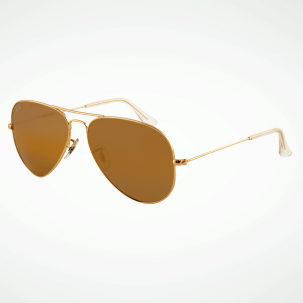 Ray Ban Aviator 3025 001/33
Ray Ban Aviator 3025 001/33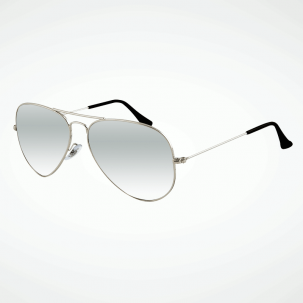 Ray Ban Aviator RB3025 003/3F
Ray Ban Aviator RB3025 003/3F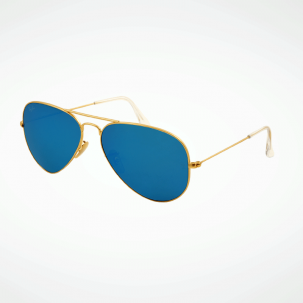 Ray Ban Aviator RB3025 112/17
Ray Ban Aviator RB3025 112/17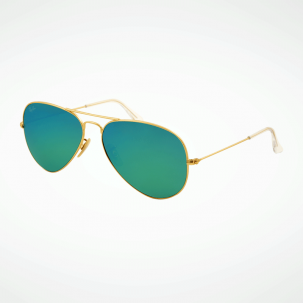 Ray Ban Aviator RB3025 112/19
Ray Ban Aviator RB3025 112/19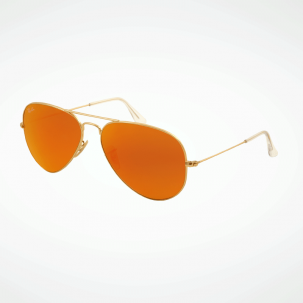 Ray Ban Aviator RB3025 112/69
Ray Ban Aviator RB3025 112/69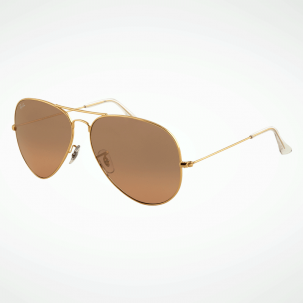 Ray Ban Aviator RB3025 001/3E
Ray Ban Aviator RB3025 001/3E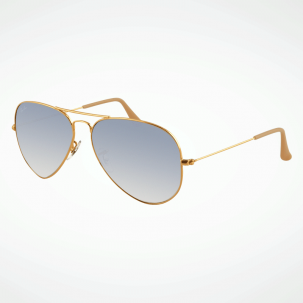 Ray Ban Aviator RB3025 001/3F
Ray Ban Aviator RB3025 001/3F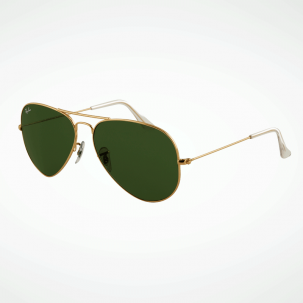 Ray Ban Aviator RB3025 L0205
Ray Ban Aviator RB3025 L0205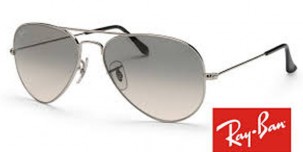 Ray Ban RB 3025 003/32
Ray Ban RB 3025 003/32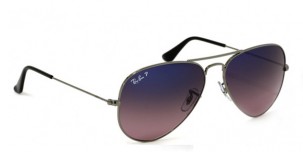 Ray Ban Aviator RB3025 004/77
Ray Ban Aviator RB3025 004/77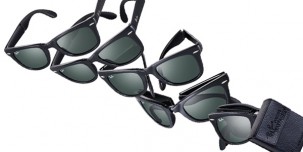 Ray Ban Folding Wayfarer 4105 601
Ray Ban Folding Wayfarer 4105 601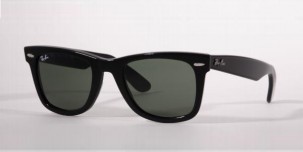 Ray Ban RB2140 901
Ray Ban RB2140 901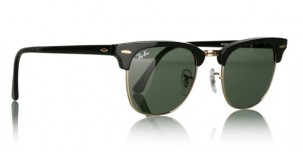 Ray Ban RB3016 W0365
Ray Ban RB3016 W0365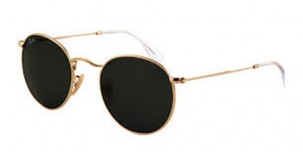 Ray Ban RB3447 001
Ray Ban RB3447 001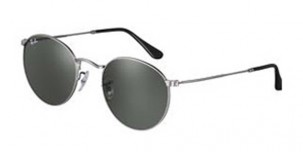 Ray Ban RB3447 029/K3
Ray Ban RB3447 029/K3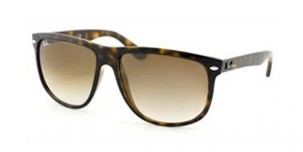 Ray Ban RB4147 710/51
Ray Ban RB4147 710/51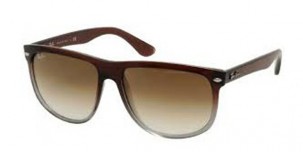 Ray Ban 4147 824/51
Ray Ban 4147 824/51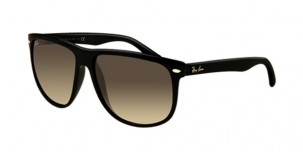 Ray Ban RB4147 601/32
Ray Ban RB4147 601/32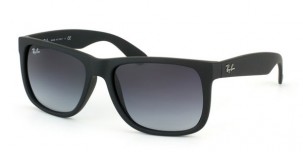 Ray Ban RB4165 006/8G
Ray Ban RB4165 006/8G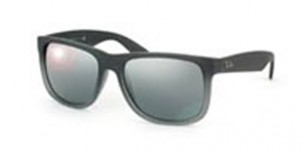 Ray Ban RB4165 852/88
Ray Ban RB4165 852/88.jpg) Ray Ban RB4171 865/13
Ray Ban RB4171 865/13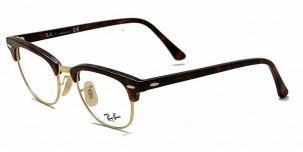 Ray Ban RX5154 2372
Ray Ban RX5154 2372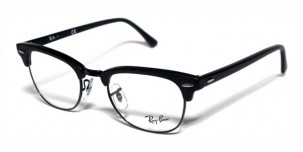 Ray Ban RX5154 2077
Ray Ban RX5154 2077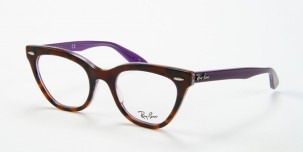 Ray Ban RX5226 5031
Ray Ban RX5226 5031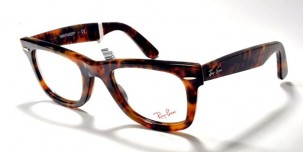 Ray Ban RX5121 2291
Ray Ban RX5121 2291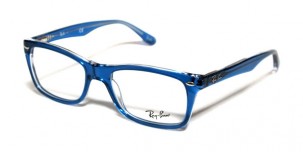 Ray Ban RX5228 5111
Ray Ban RX5228 5111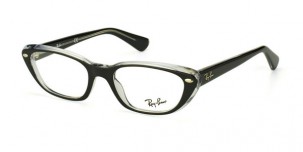 Ray Ban RX5242 2034
Ray Ban RX5242 2034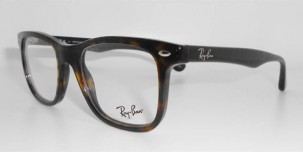 Ray Ban RX5248 2012
Ray Ban RX5248 2012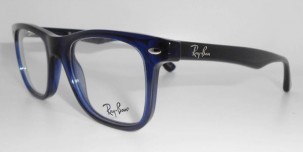 Ray Ban RX5248 2013
Ray Ban RX5248 2013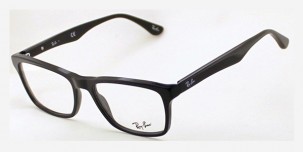 Ray Ban RX5279 2000
Ray Ban RX5279 2000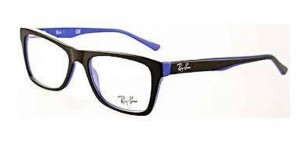 Ray Ban RX5289 5179
Ray Ban RX5289 5179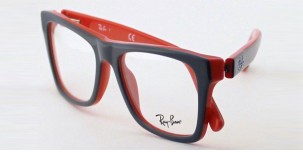 Ray Ban RX5289 5180
Ray Ban RX5289 5180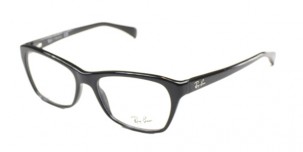 Ray Ban RX5298 2000
Ray Ban RX5298 2000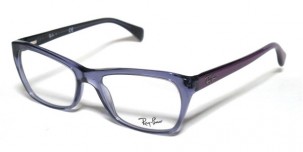 Ray Ban RX5298 5230
Ray Ban RX5298 5230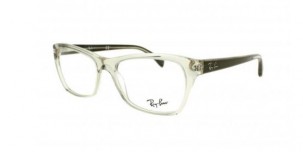 RayBan RX5298 5231
RayBan RX5298 5231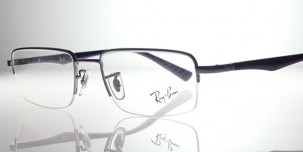 RayBan RX6274 2620
RayBan RX6274 2620.jpg) Ray Ban RX7014 5068
Ray Ban RX7014 5068 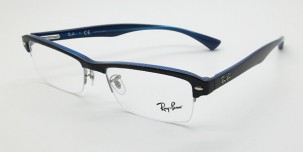 Ray-Ban-ORX-7014-5068
Ray-Ban-ORX-7014-5068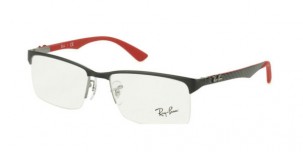 Ray Ban RX8411 2509
Ray Ban RX8411 2509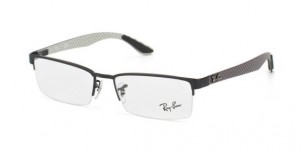 Ray Ban RX8412 2503
Ray Ban RX8412 2503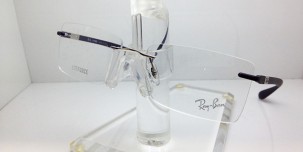 RayBan RX8720 1022
RayBan RX8720 1022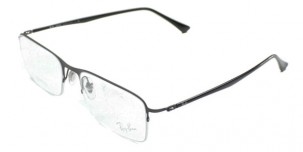 Ray Ban RX8721 1128
Ray Ban RX8721 1128